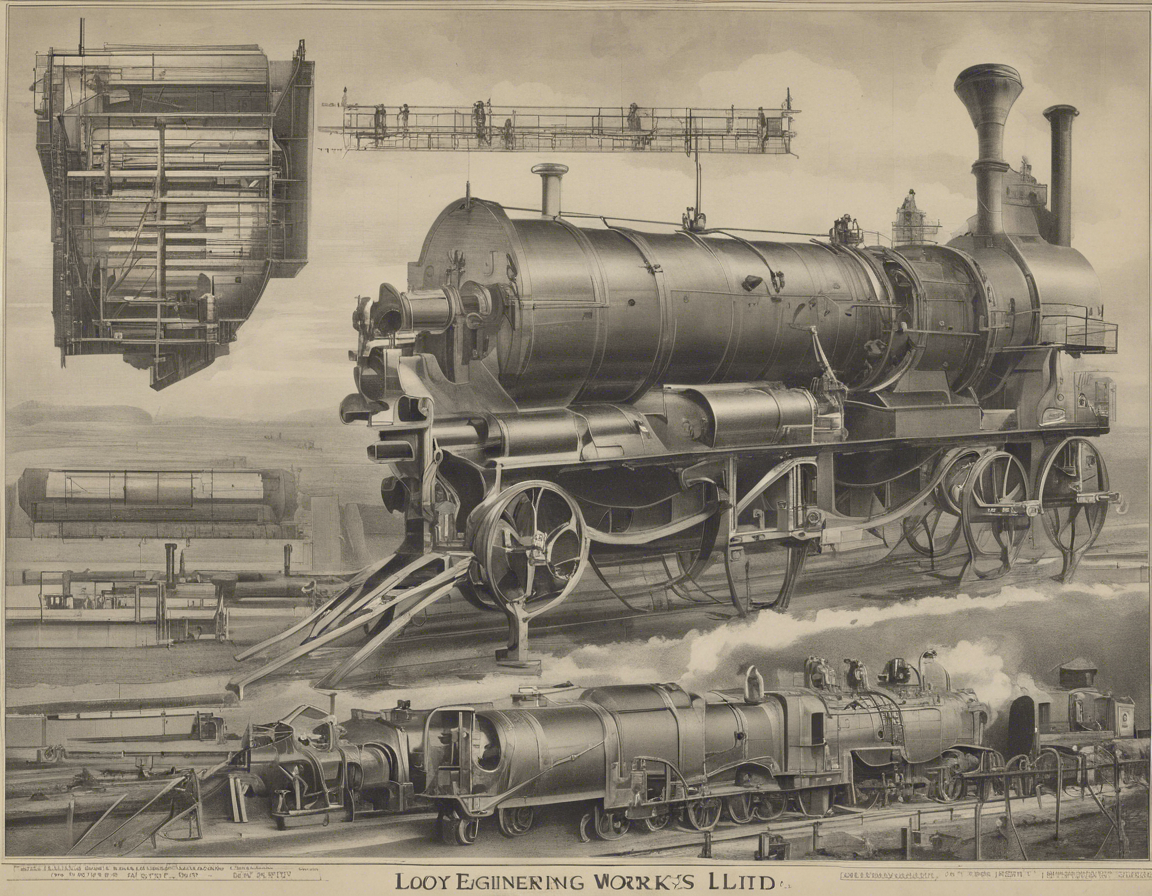Are you wondering about the full form of CNF? CNF stands for Cost and Freight, commonly used in international trade agreements. This term is frequently encountered when discussing shipping arrangements and contracts between buyers and sellers. In this article, we will delve into the details of what CNF entails, how it differs from other trading terms, its advantages and disadvantages, and common misconceptions surrounding it.
Understanding CNF (Cost and Freight)
Cost and Freight (CNF) is an international commercial term indicating that the seller is responsible for the cost of transporting goods to a specified destination. This includes all expenses until the goods reach the agreed-upon port or location. Once the goods are on board the vessel, the risk of loss or damage typically transfers to the buyer.
How CNF Differs from CIF and FOB
It is important to note the distinction between CNF, Cost, Insurance, and Freight (CIF), and Free on Board (FOB) terms:
-
CIF: In CIF agreements, the seller is also responsible for insuring the goods during transit to the destination port. This includes purchasing marine insurance to cover potential loss or damage.
-
FOB: FOB indicates that the seller’s responsibility ends once the goods are loaded onto the vessel at the origin port. The buyer assumes all costs and risks from that point forward.
Pros and Cons of Using CNF
Advantages of CNF:
- Clear Cost Allocation: CNF offers a clear breakdown of costs for both parties involved in the transaction.
- Seller Responsibility: The seller is accountable for arranging and paying for transportation, which can be convenient for the buyer.
- Predictable Expenses: With CNF, the buyer has a better understanding of total costs involved in the transaction.
Disadvantages of CNF:
- Limited Control: The buyer has less control over the shipping process, as the seller manages transportation.
- Risk of Damage: Once the goods are on board the vessel, the buyer assumes the risk of any potential damage during transit.
- Additional Costs: There may be hidden charges or unexpected fees associated with CNF arrangements.
Common Misconceptions about CNF
-
CNF Includes Insurance: CNF does not cover insurance beyond the basic transport costs. Buyers may need to purchase additional insurance to protect their goods.
-
CNF Always Means Lower Costs: While CNF can offer transparency in pricing, it does not guarantee lower overall expenses compared to other terms.
-
Seller Liability: Some believe that the seller remains liable for the goods until they reach the final destination, but in CNF agreements, the risk transfers to the buyer once goods are on board the vessel.
FAQs about CNF
- What is the main difference between CNF and CIF?
-
The key distinction is that CIF includes insurance coverage for the goods during transit, whereas CNF does not.
-
Who arranges for the freight in a CNF agreement?
-
In CNF contracts, the seller is responsible for arranging and paying for the transportation of goods to the specified destination.
-
Can the buyer choose the freight forwarder in a CNF deal?
-
Typically, the seller selects the freight forwarder in CNF agreements, as they are responsible for transportation logistics.
-
What happens if the goods are damaged during shipping in a CNF arrangement?
-
Once the goods are on board the vessel under CNF terms, the buyer bears the risk of any damage that may occur during transit.
-
Are there additional costs beyond freight in CNF agreements?
- Buyers should be aware that there could be additional charges such as terminal handling fees or customs duties not covered under CNF.
In conclusion, understanding the full form of CNF and its implications in international trade is essential for both buyers and sellers engaging in cross-border transactions. By grasping the nuances of Cost and Freight terms and clarifying any misconceptions, parties can negotiate more effectively and mitigate risks associated with shipping and logistics.





